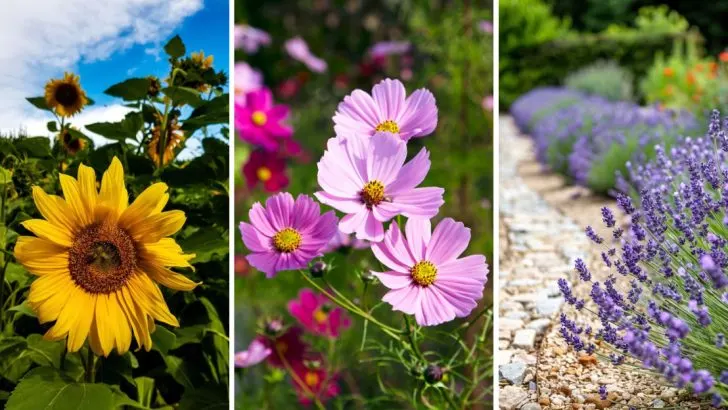If you want to attract beneficial insects to your garden without having to rely on pesticides, the right flowers can make all the difference. Certain blooms not only add beauty and color to your outdoor space, but they also serve as a natural magnet for pollinators and other helpful creatures. By planting the right variety of flowers, you can invite bees, butterflies, and even ladybugs, all of which are essential for a healthy garden ecosystem.
The key is knowing which flowers attract which insects and how they can work together to promote a more vibrant garden. These 25 flowers are perfect for encouraging the right kind of insects, helping with pollination and pest control. By choosing flowers that naturally appeal to these critters, you’ll be boosting your garden’s health while keeping it eco-friendly—no chemicals required. It’s a simple, beautiful way to make your garden thrive with nature’s help.
Sunflower
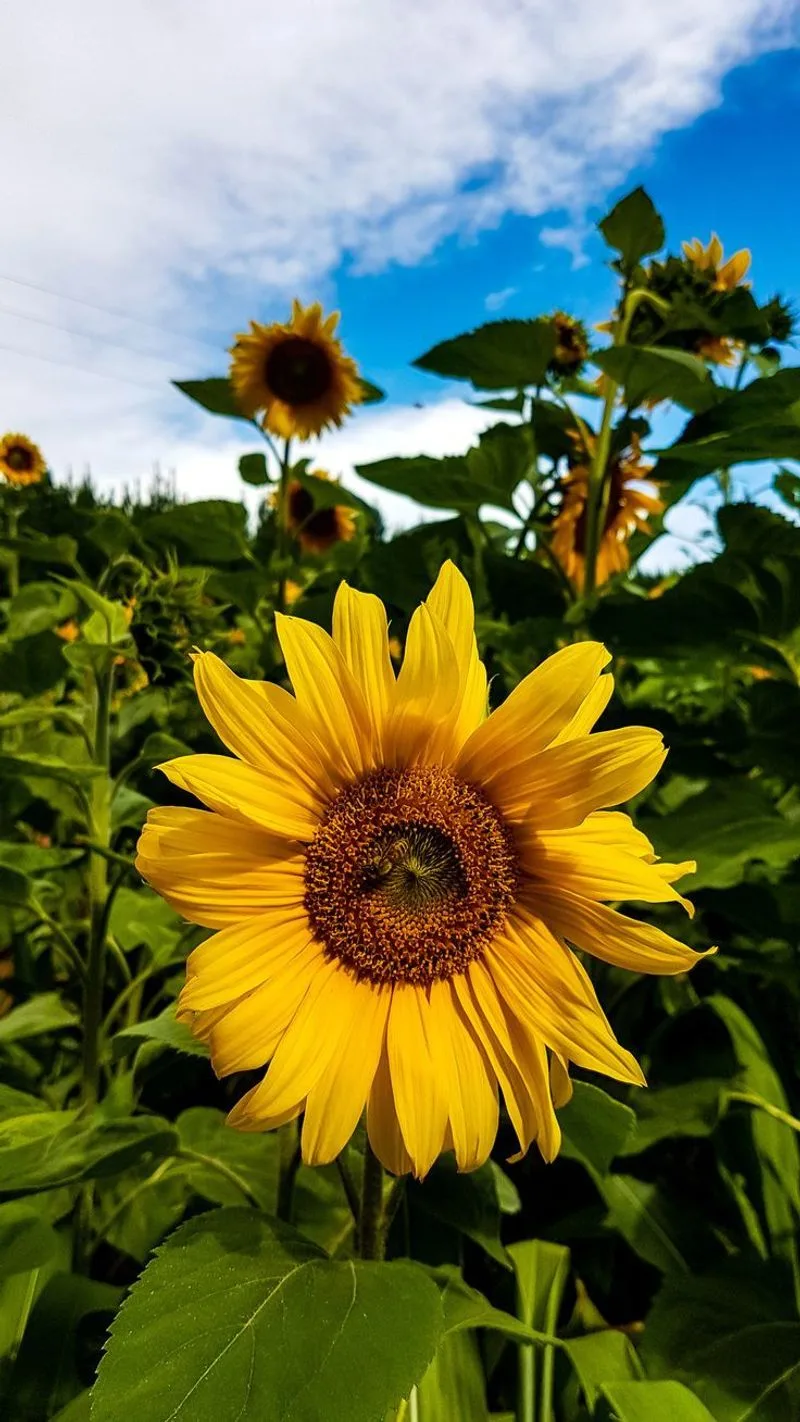
Sunflowers are not only stunning, but they are also magnets for insects such as bees and butterflies. Their bright yellow petals and tall stature make them a focal point in any garden.
These flowers can grow in a variety of soil types, offering versatility for gardeners. Furthermore, sunflowers provide seeds that attract birds, adding another layer of wildlife to your garden.
By planting sunflowers, you create an inviting environment for beneficial insects, enhancing pollination and ensuring the health of other plants in your garden.
Marigold
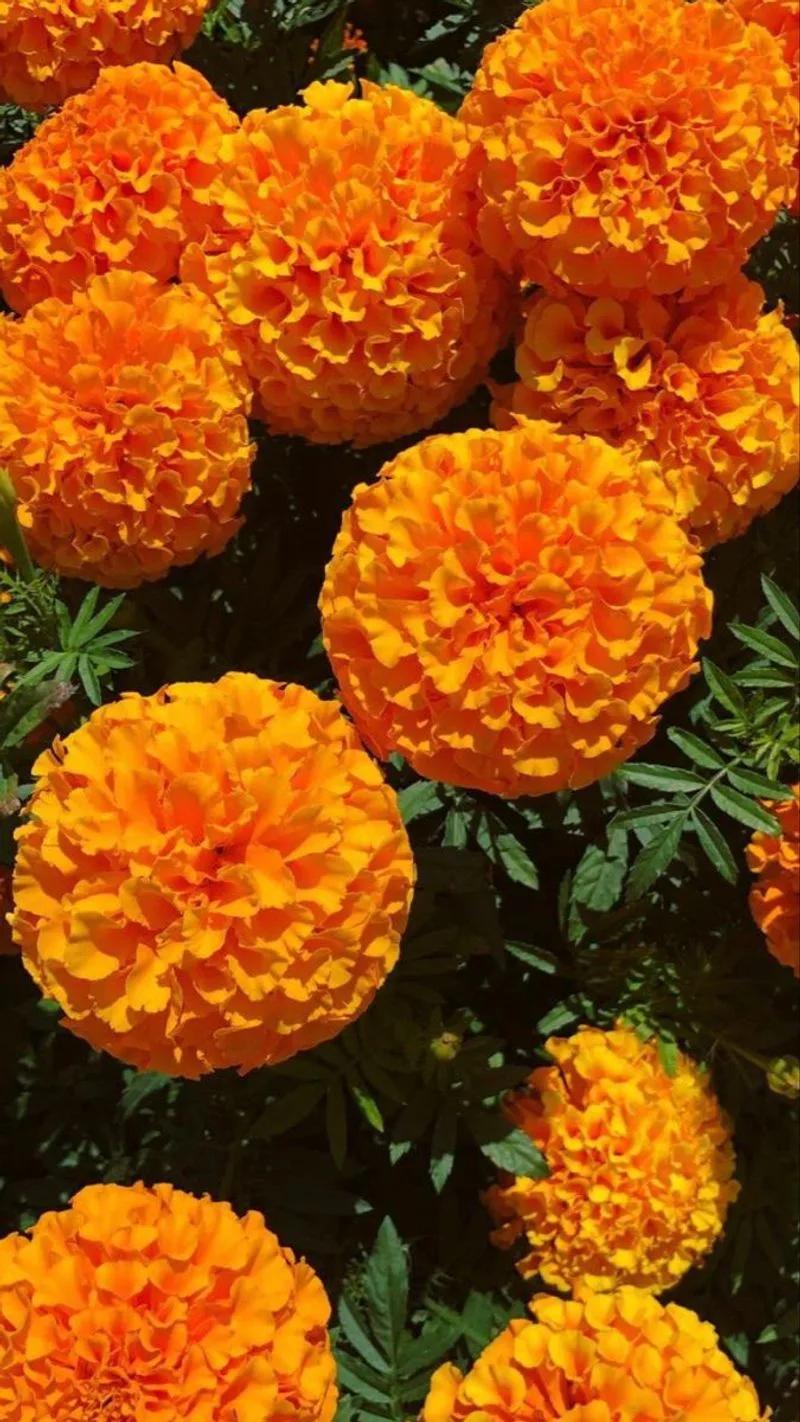
© wholeblossoms
Marigolds are known for their pest-repelling properties, thanks to their distinctive scent. They attract beneficial insects like ladybugs and lacewings, which help control aphid populations.
These hardy flowers thrive in sunny locations and can adapt to various soil conditions. Their bright colors add a cheerful touch to any garden space.
Marigolds are easy to care for, making them a perfect choice for novice gardeners looking to attract helpful insects naturally.
Lavender
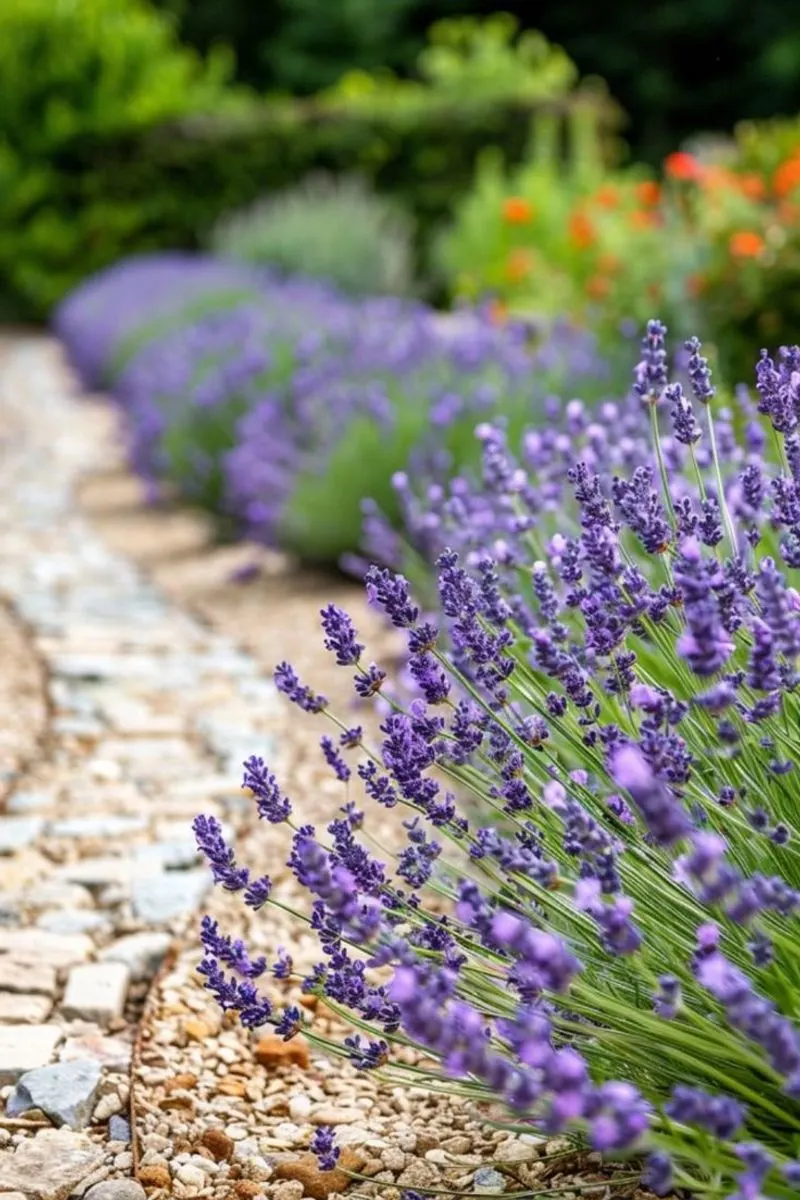
© maisonlyinteriordesign
Lavender not only smells divine but is also a favorite among bees and butterflies. The purple blooms are visually appealing and add a touch of elegance to gardens.
These flowers thrive in well-drained soil and full sun, making them ideal for rock gardens and borders. Lavender’s aromatic oils are known to deter pests naturally.
Adding lavender to your garden can enhance its beauty while inviting essential pollinators to support plant health and productivity.
Borage
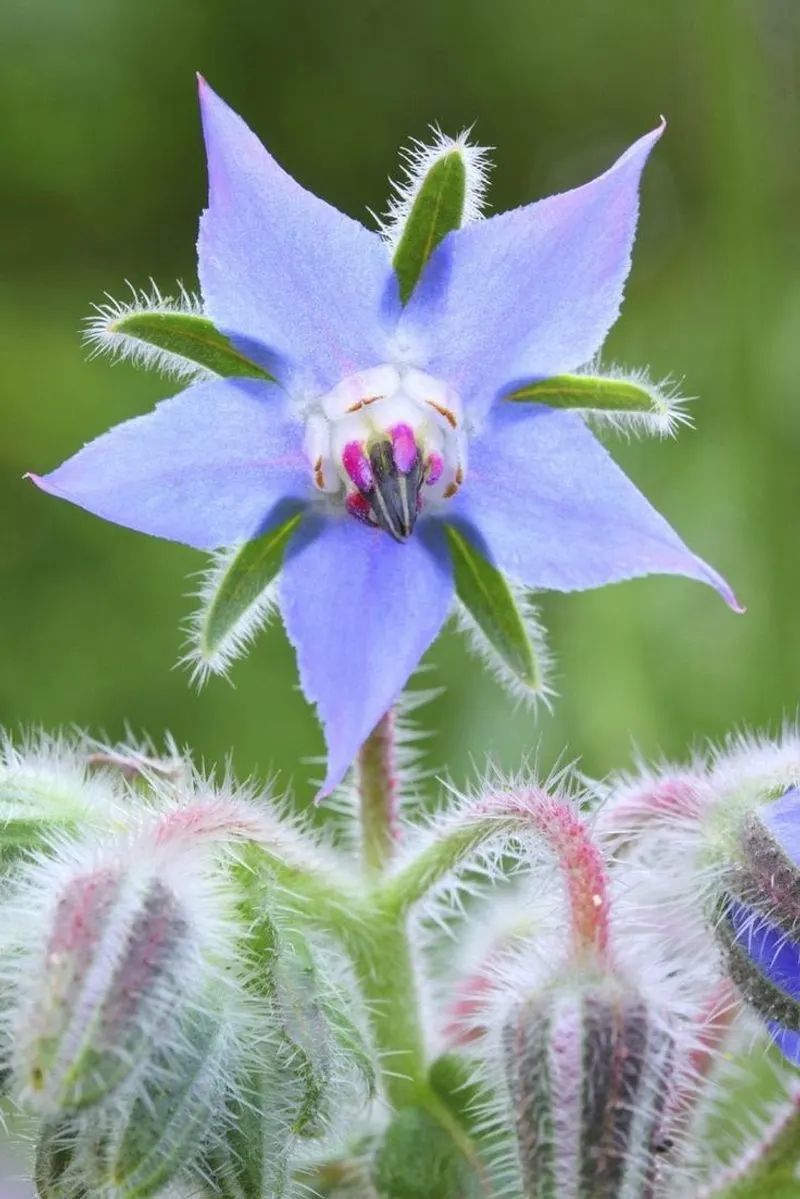
© etsy
Borage is an excellent choice for attracting bees, particularly bumblebees, with its star-shaped blue flowers. This herb is easy to grow and self-seeds readily.
Besides its insect-attracting qualities, borage leaves and flowers are edible, adding a cucumber-like taste to salads. This dual-purpose plant is both functional and ornamental.
Incorporating borage in your garden promotes biodiversity and supports the activity of various beneficial insects.
Echinacea
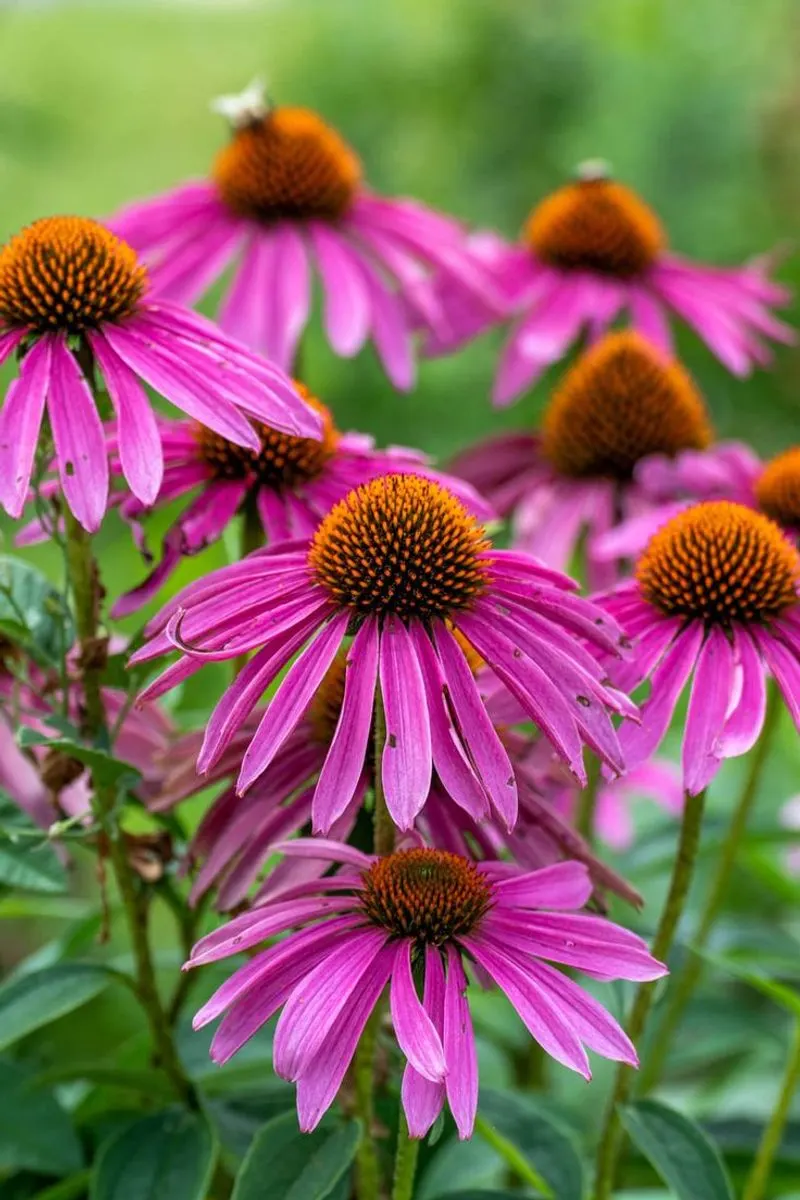
© jlee2471
Echinacea, also known as coneflower, is beloved by pollinators such as bees and butterflies. Its bold pink and purple blooms are a visual delight in any garden.
This hardy perennial thrives in sunny spots with well-drained soil, making it a low-maintenance option for gardeners. Echinacea is also known for its medicinal properties.
By adding echinacea to your garden, you create a welcoming habitat for insects essential to the ecosystem’s health.
Cosmos
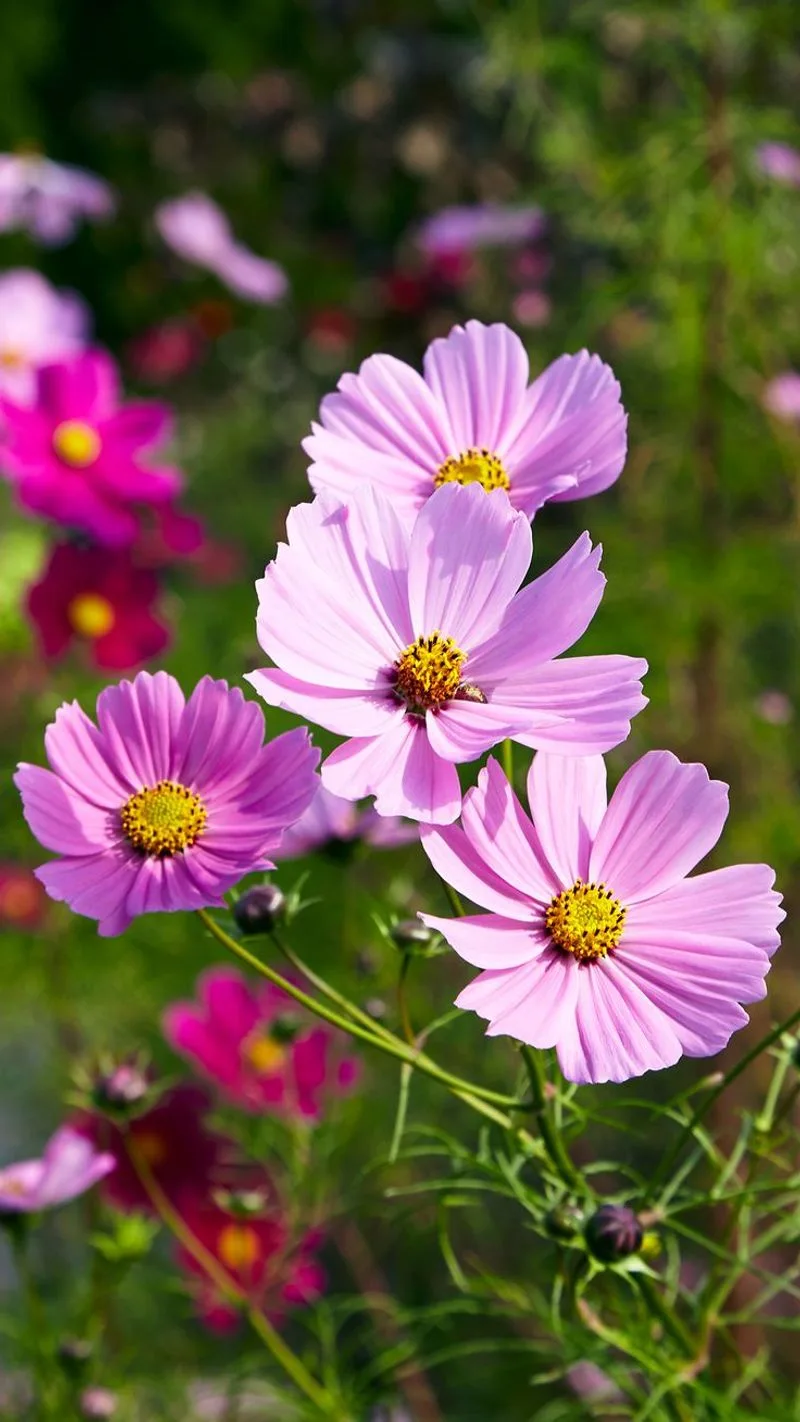
© gardengatemag
Cosmos flowers are easy to grow and attract a variety of beneficial insects, including bees and butterflies. Their delicate, daisy-like blooms add an airy elegance to gardens.
These flowers prefer sunny locations and can tolerate poor soil, making them versatile additions to any landscape. Cosmos are known for their long blooming season, providing continuous color.
Planting cosmos is a simple way to encourage a healthy insect population and enhance your garden’s natural beauty.
Zinnia
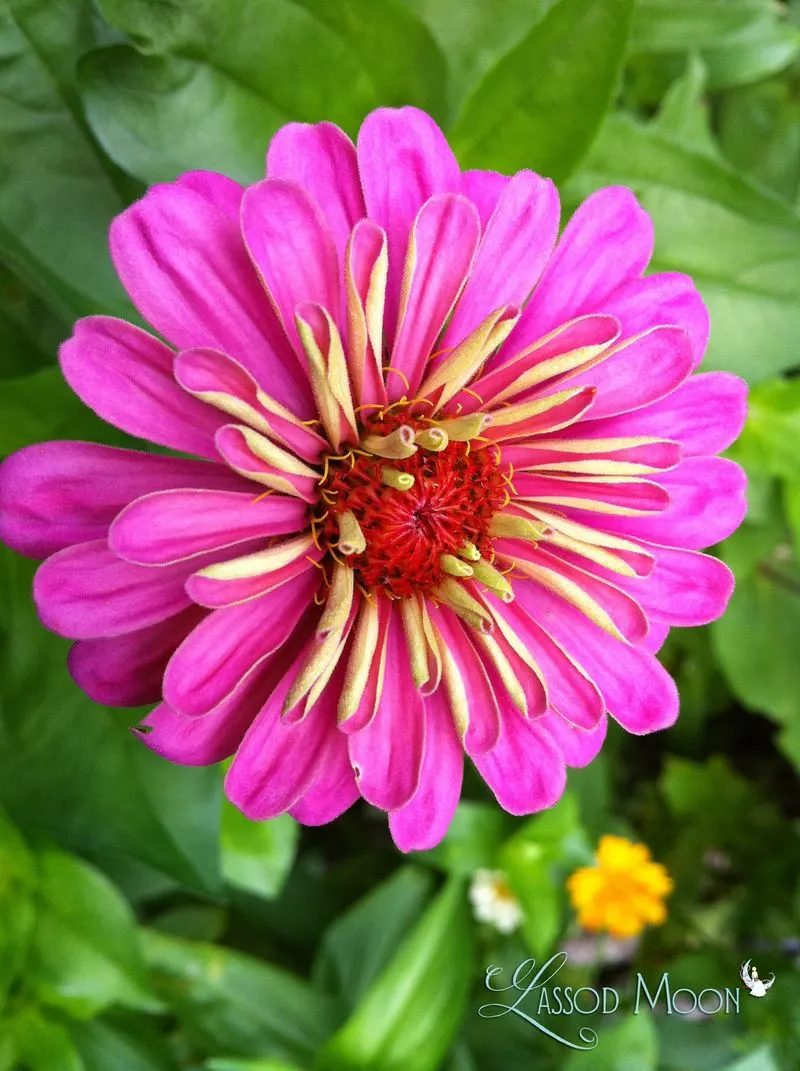
Zinnias are a favorite among butterflies, providing them with ample nectar. The bright, colorful blooms range from red to pink and orange, offering a delightful visual display.
These annuals thrive in sunny areas and well-drained soil, withstanding heat and drought conditions. Zinnias bloom profusely, ensuring a long-lasting show.
By planting zinnias, you not only add vibrant color but also support a robust population of pollinating insects.
Bee Balm
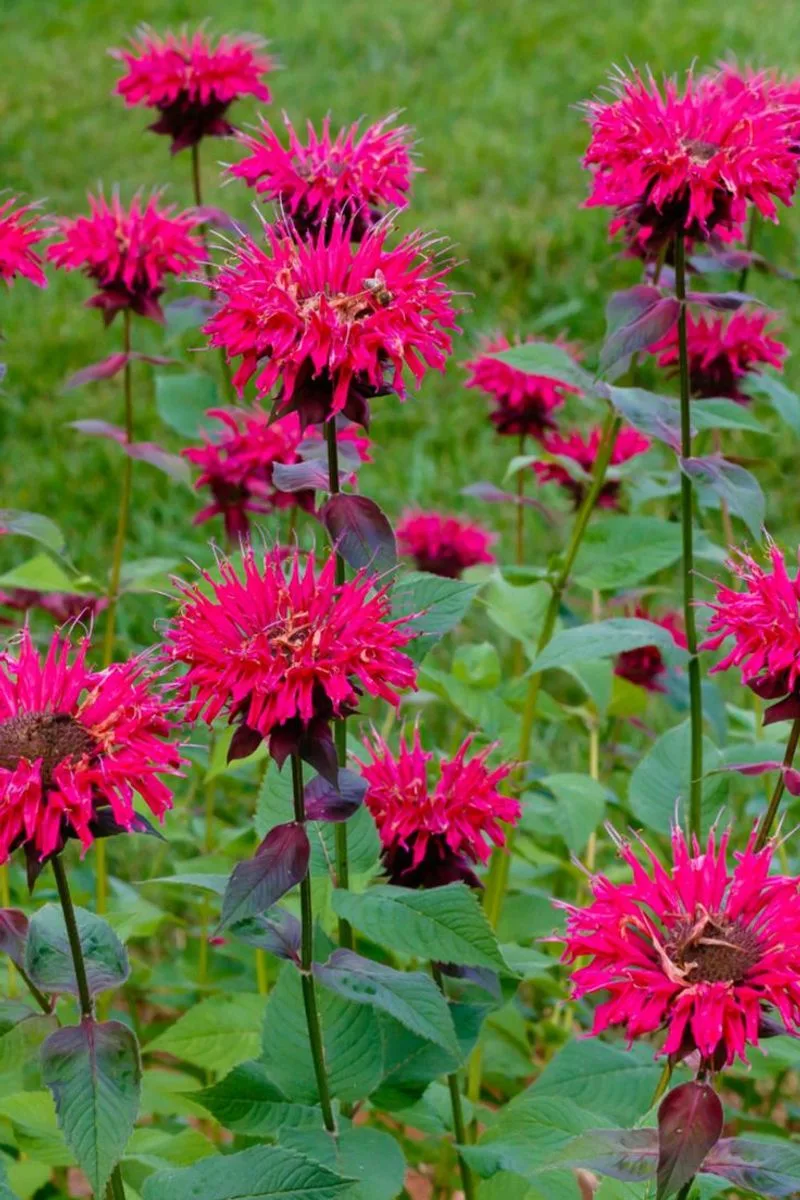
© GrowingwithGardenchick
Bee balm is aptly named for its ability to attract bees, butterflies, and hummingbirds. The red and pink blooms are both striking and aromatic.
These perennials prefer moist, well-drained soil and full sun to partial shade. Bee balm’s aromatic foliage can also deter unwanted pests.
Introducing bee balm into your garden brings vibrant colors and vital pollinators, helping maintain a balanced and thriving ecosystem.
Aster
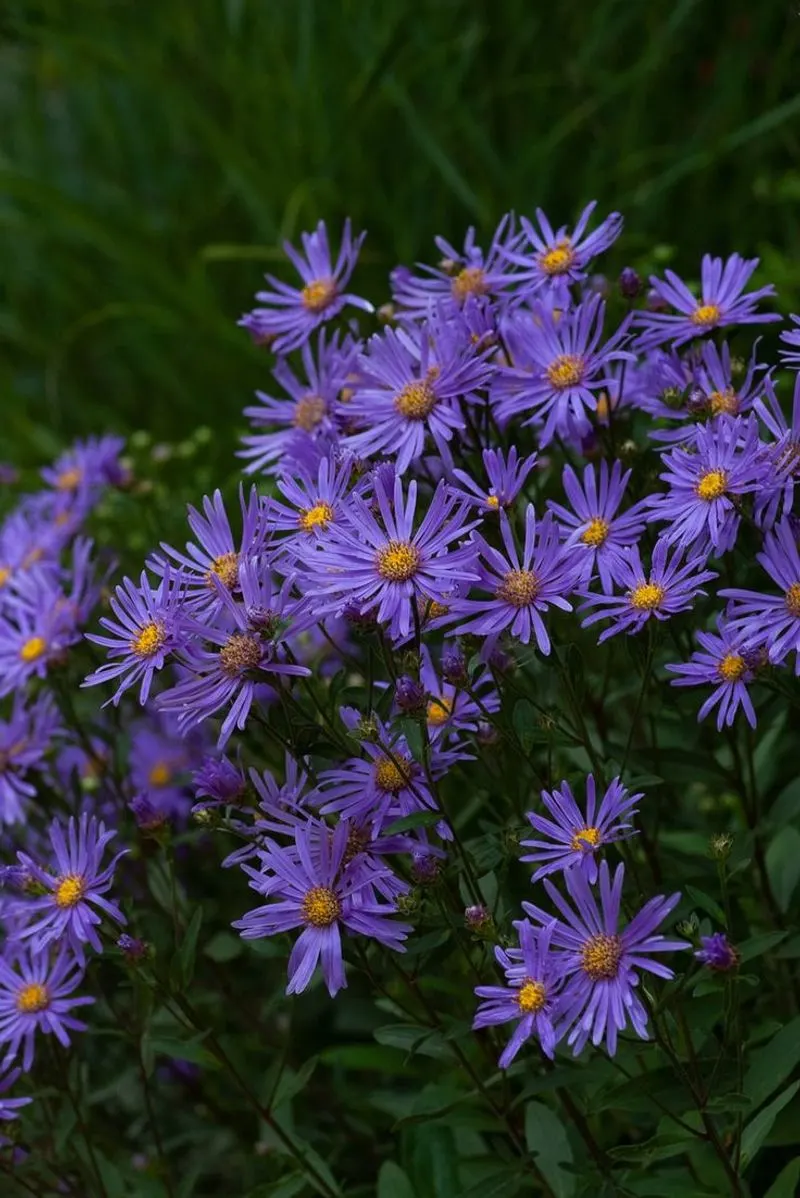
© unsplash
Asters are essential for late-season pollinators, providing nectar when most flowers have faded. Their star-shaped blooms come in hues of purple and white.
These perennials thrive in well-drained soil and full sun to partial shade, adding beauty to fall gardens. Asters are resilient and adapt well to various climates.
Adding asters to your garden ensures a continuous supply of nectar for insects, supporting pollinators during crucial months.
Calendula
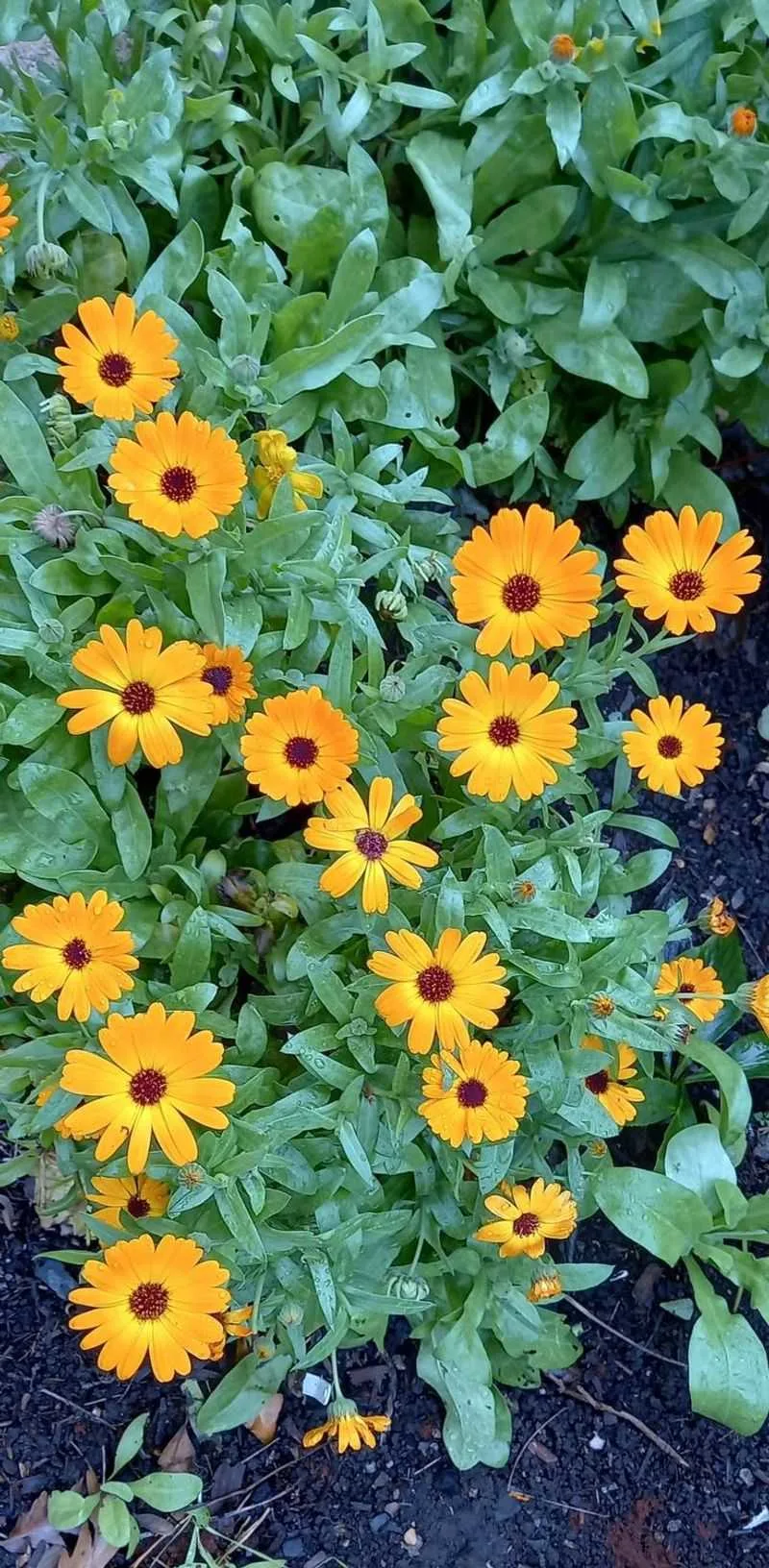
© GardeningWithUss
Calendula, or pot marigold, is known for its vibrant orange blooms that attract beneficial insects like hoverflies and bees. These insects help control aphid populations naturally.
This annual is easy to grow, preferring sunny locations and well-drained soil. Calendula’s petals are edible, often used in salads and as garnishes.
By incorporating calendula, you create a colorful and functional garden that supports a healthy population of insect allies.
Snapdragon
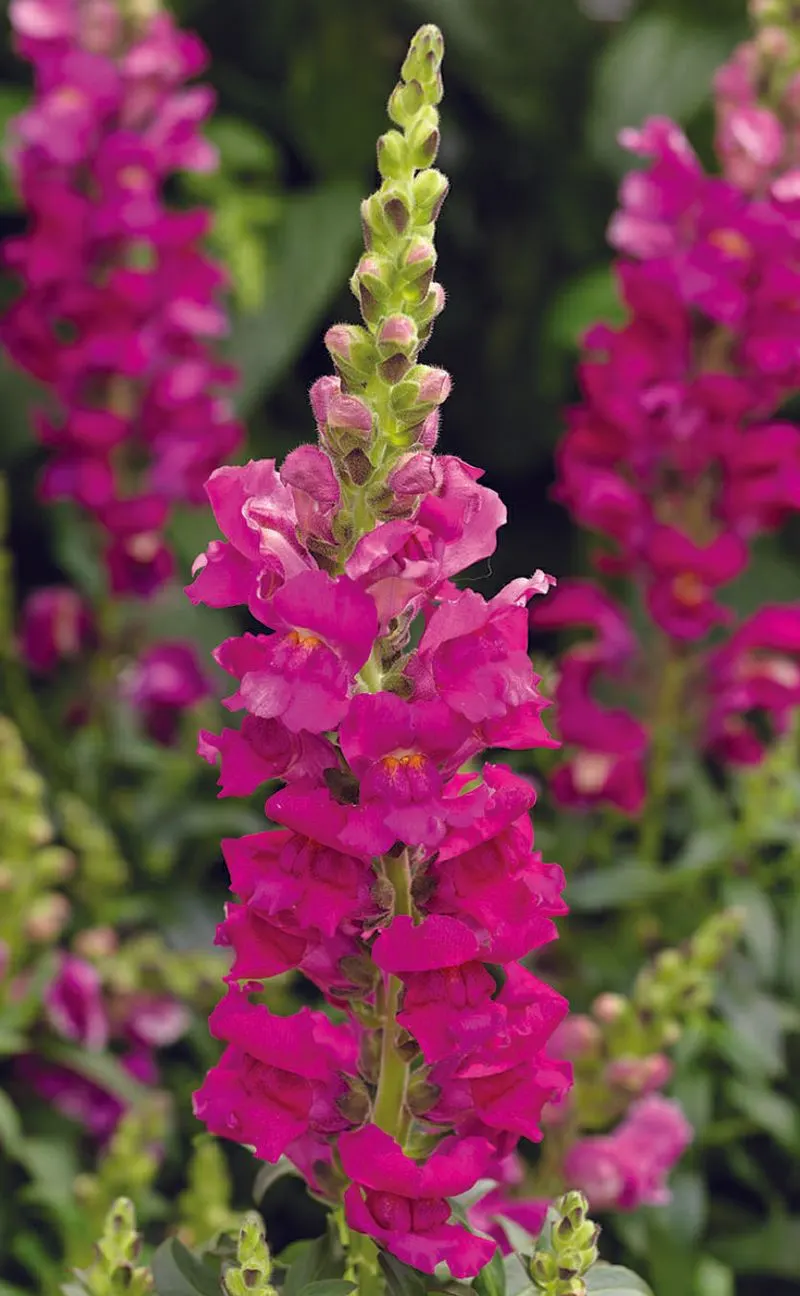
Snapdragons are beloved by bumblebees, thanks to their unique flower shape that requires insects to ‘snap’ open the blooms. They come in various colors like pink, yellow, and white.
These annuals prefer cool weather and well-drained soil, making them ideal for spring and fall gardens. Snapdragons add vertical interest with their tall, spiky blooms.
Planting snapdragons provides both beauty and sustenance for beneficial insects, enhancing your garden’s ecological balance.
Salvia
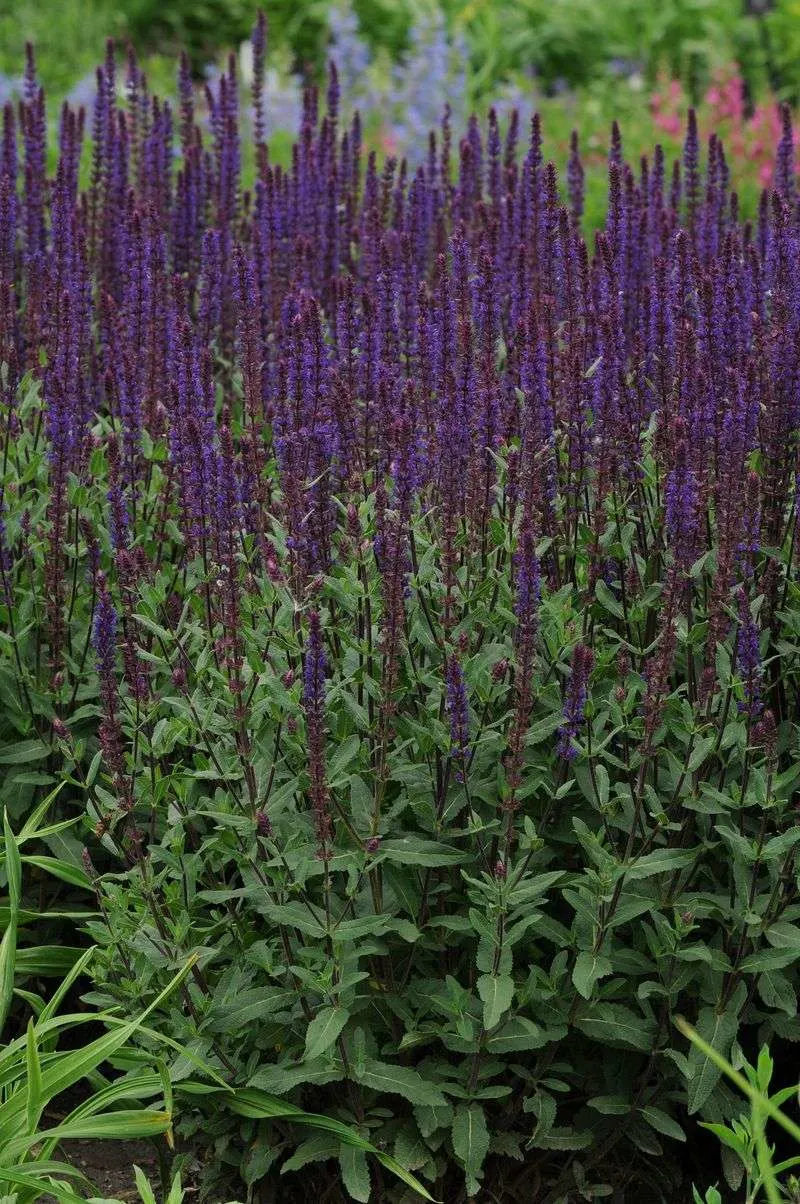
© NationalGarden
Salvia is a showstopper in the garden, attracting bees, butterflies, and hummingbirds with its rich purple spikes. These perennials are both drought-tolerant and easy to care for.
They thrive in well-drained soil and full sun, making them versatile for various garden designs. Salvia’s aromatic foliage can deter unwanted pests.
Incorporating salvia into your garden ensures a continuous source of nectar, supporting a diverse range of pollinators.
Yarrow
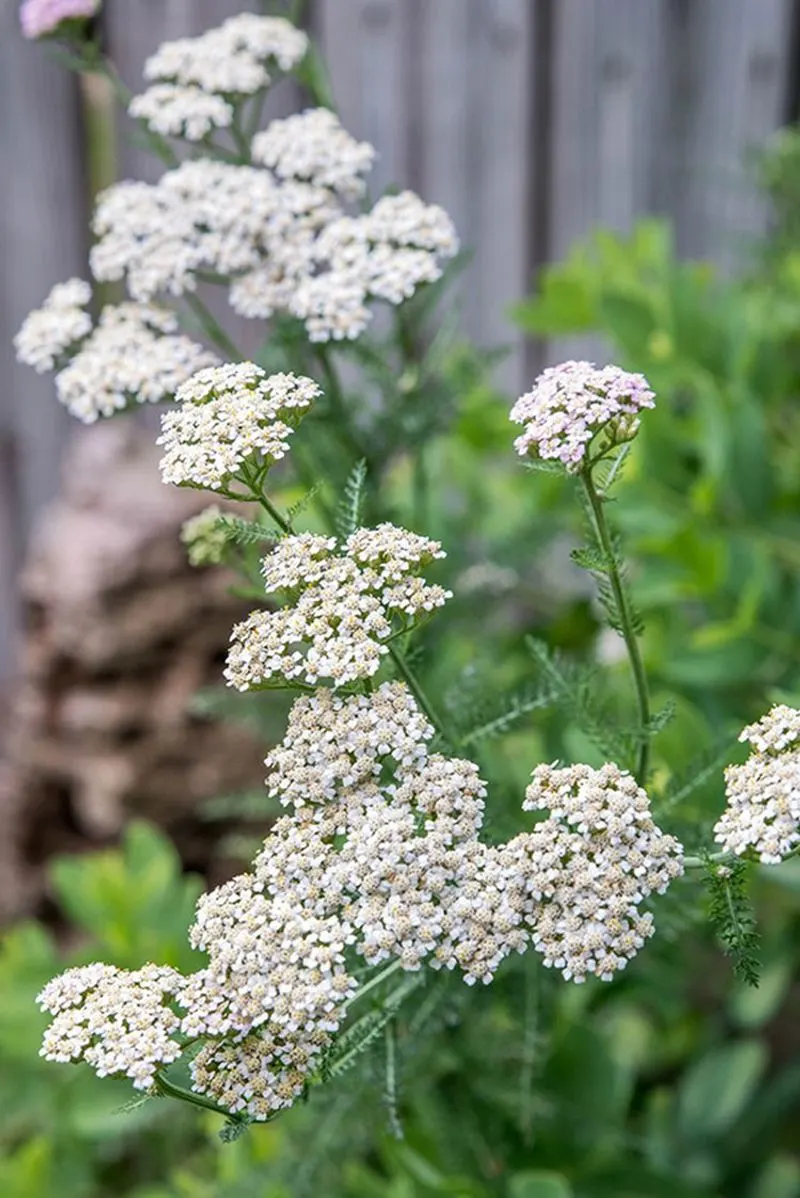
© thespruceofficial
Yarrow is a versatile plant, attracting beneficial insects such as ladybugs and predatory wasps. Its tiny white and yellow blooms are a subtle addition to gardens.
This hardy perennial thrives in poor, well-drained soil and full sun, making it easy to grow. Yarrow’s feathery foliage adds texture to garden beds.
By planting yarrow, you support natural pest control and encourage a thriving community of helpful insects.
Hollyhock
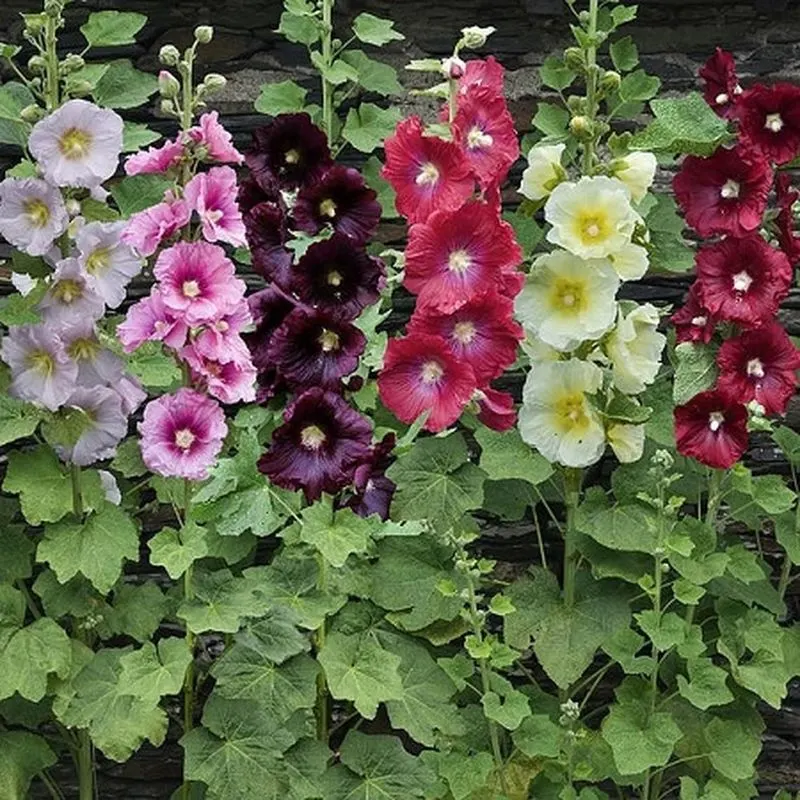
© edenbrothers
Hollyhocks are a classic garden favorite, known for attracting bees and butterflies. Their tall spikes of blooms in shades of pink, red, and white create a stunning visual display.
These biennials prefer sunny locations and well-drained soil, often used as background plants in borders. Hollyhocks are easy to grow and maintain.
Adding hollyhocks to your garden invites essential pollinators, ensuring a vibrant and lively outdoor space.
Black-eyed Susan
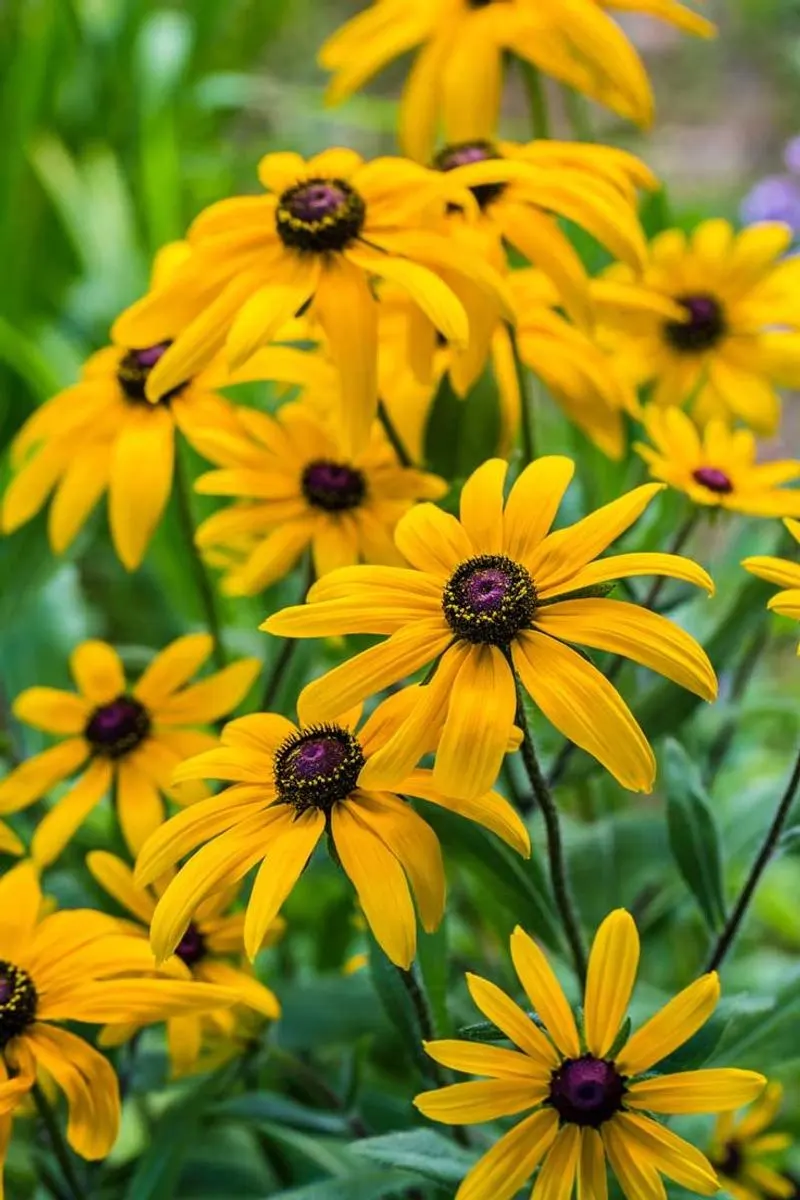
© gardenerspath
Black-eyed Susans are beloved for their bright yellow petals and dark centers, attracting bees and butterflies with ease. These flowers are a must-have for any pollinator-friendly garden.
They thrive in sunny spots with well-drained soil, providing a long blooming season. Black-eyed Susans are hardy and can tolerate various conditions.
By planting black-eyed Susans, you support a diverse range of insect pollinators, enhancing your garden’s ecological health.
Verbena
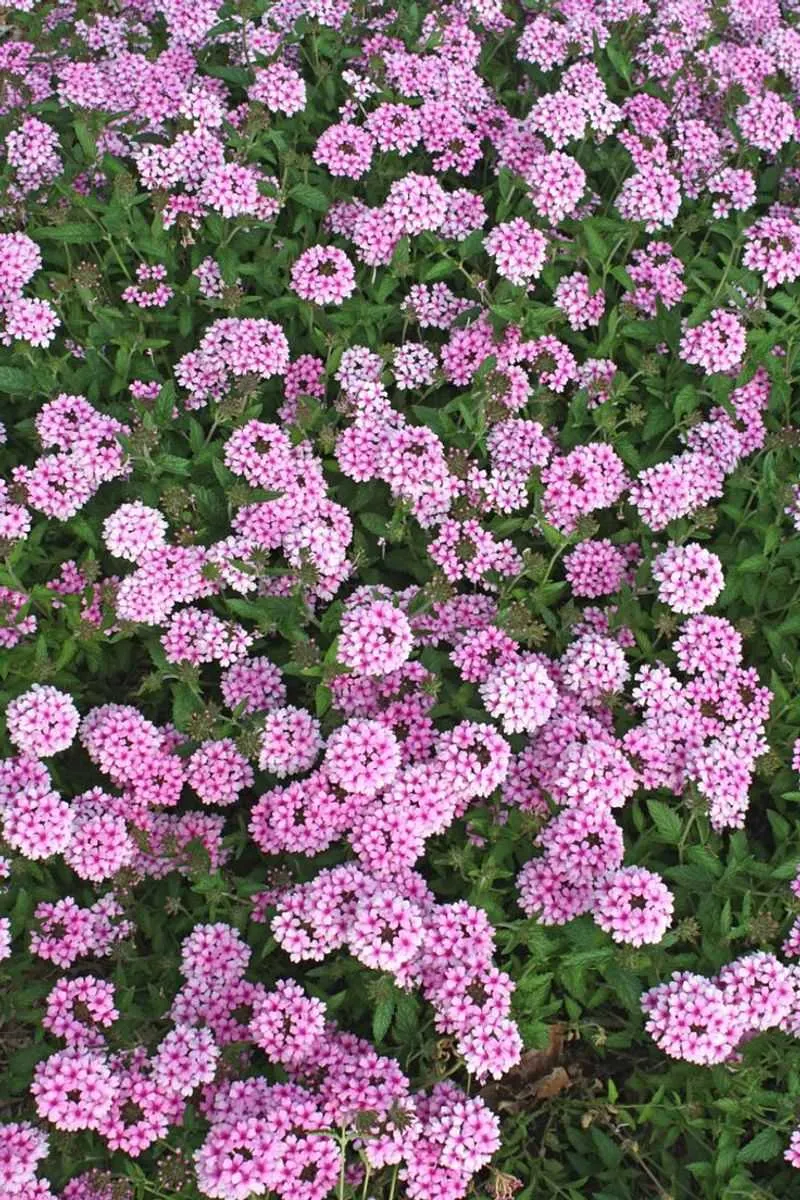
Verbena is a magnet for butterflies, offering clusters of small purple and white blooms that are rich in nectar. These flowers add a delicate touch to any garden setting.
They thrive in well-drained soil and full sun, making them suitable for containers and borders. Verbena’s long blooming season provides continuous color and interest.
Planting verbena enhances your garden’s appeal and supports a thriving butterfly population, contributing to biodiversity.
Coreopsis
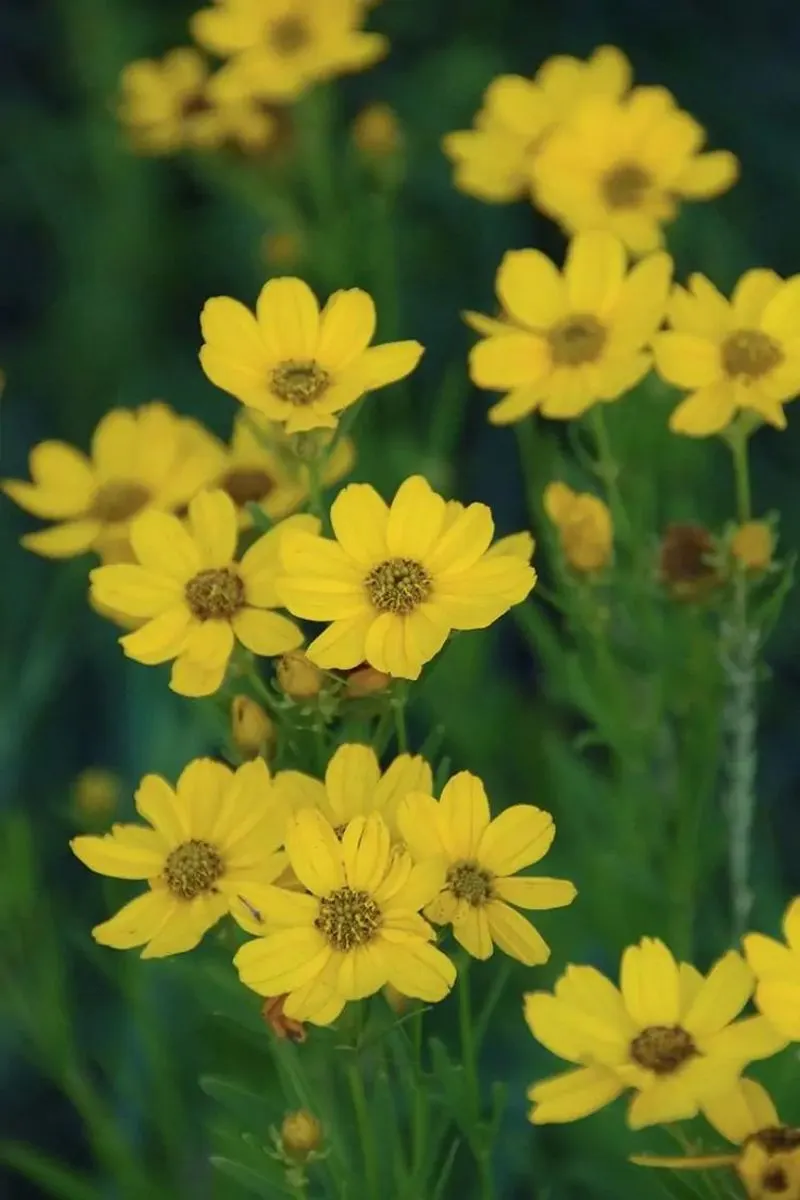
© prairienursery
Coreopsis, with its sunny yellow blooms, is a favorite among bees and butterflies. These flowers are easy to grow, preferring sunny locations and well-drained soil.
They bloom profusely throughout the summer, providing a long-lasting display of color. Coreopsis is drought-tolerant, making it an excellent choice for low-maintenance gardens.
Incorporating coreopsis into your garden supports pollinators and adds a cheerful touch to your landscape.
Gaillardia
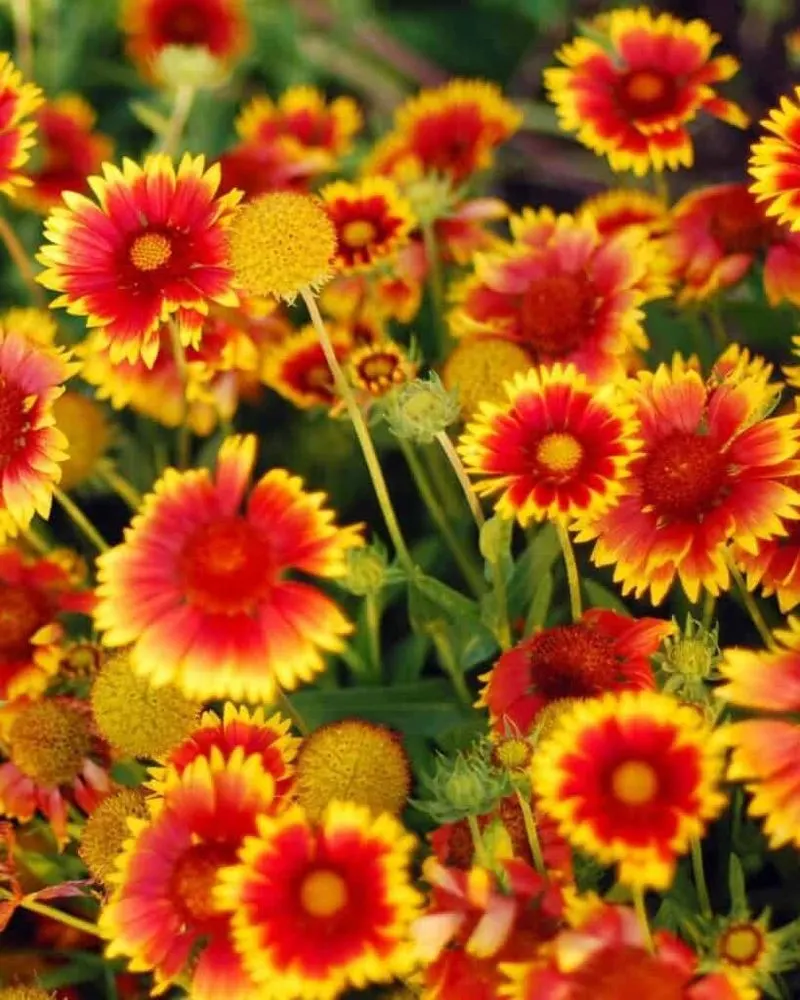
© plantcaretoday
Gaillardia, also known as blanket flower, attracts bees and butterflies with its striking red and yellow blooms. These flowers are both vibrant and hardy.
They thrive in well-drained soil and full sun, making them ideal for hot and dry climates. Gaillardia’s long blooming season ensures continuous color in your garden.
By planting gaillardia, you invite beneficial insects and add a splash of color to your outdoor space.
Rudbeckia
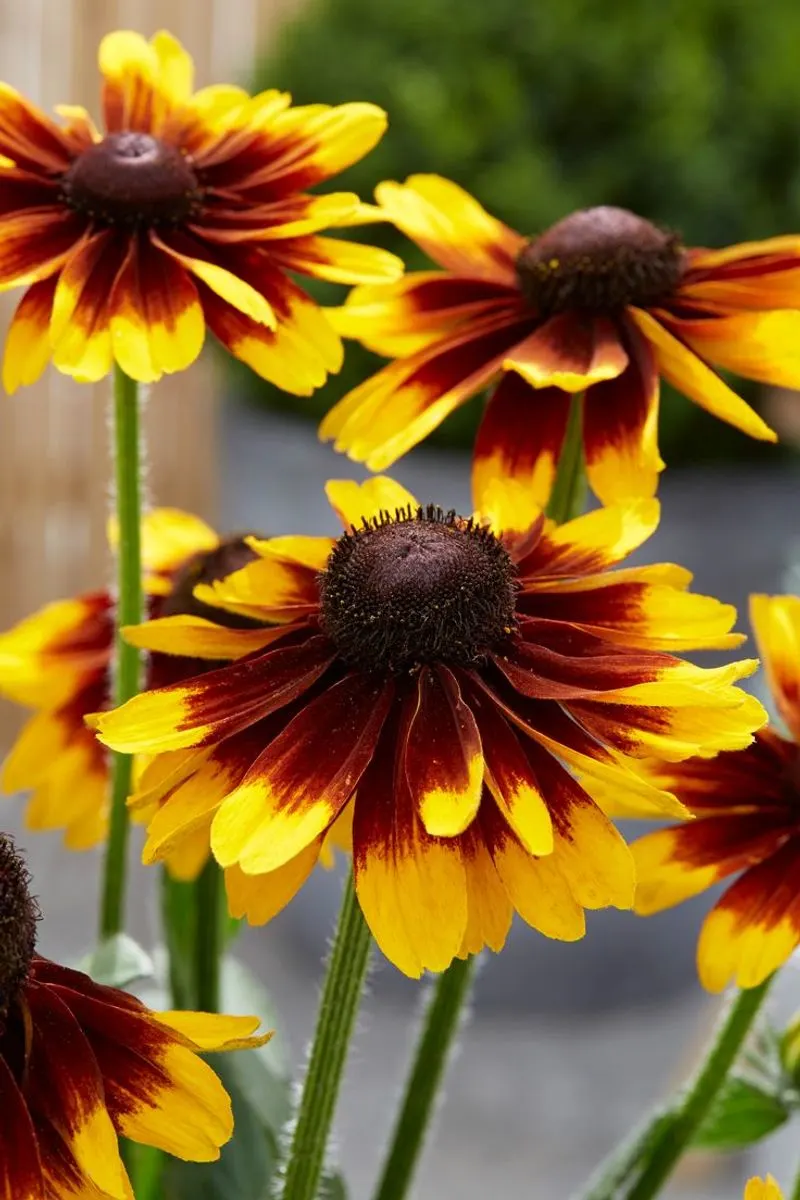
© dianenchester12
Rudbeckia, similar to black-eyed Susans, offers vibrant yellow blooms that attract bees and butterflies. These flowers are essential for a pollinator-friendly garden.
They thrive in sunny spots with well-drained soil and can tolerate a range of conditions. Rudbeckia’s long blooming season provides lasting interest.
Including rudbeckia in your garden supports a diverse insect population, enhancing both beauty and biodiversity.
Lantana
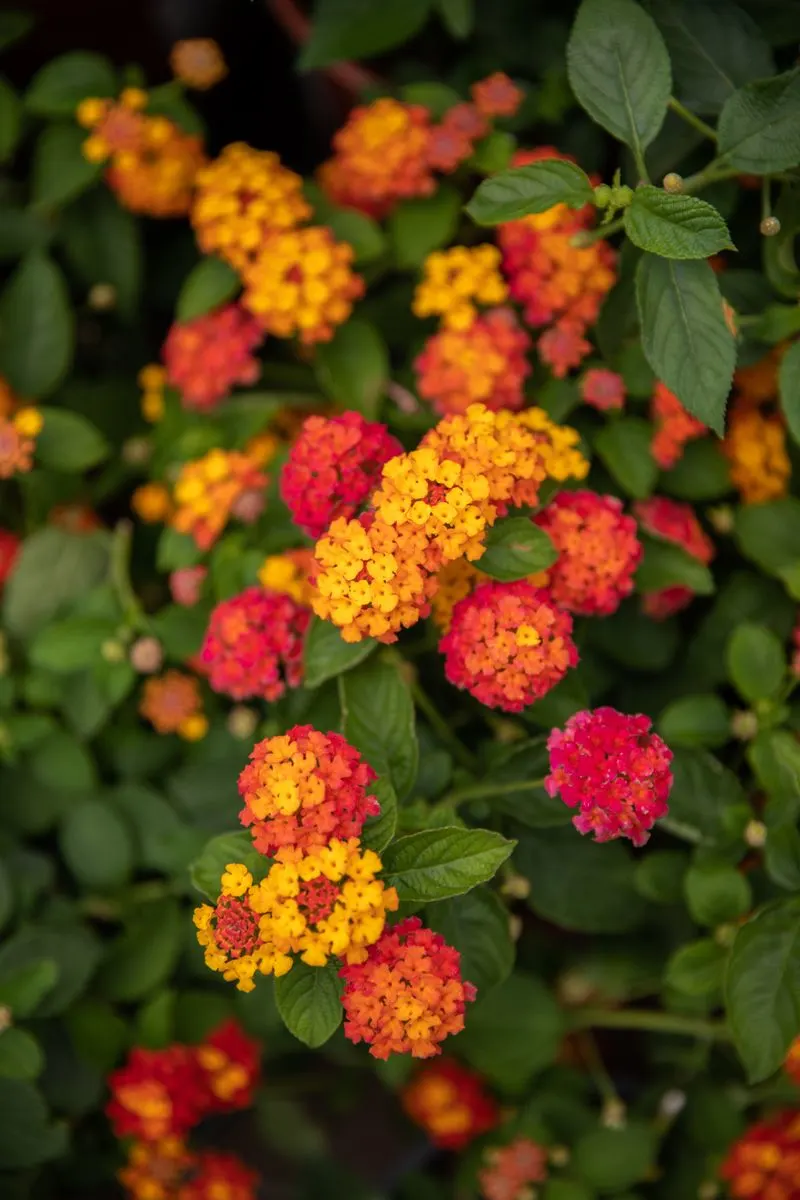
© idiggreenacres
Lantana is known for its clusters of small, multicolored blooms that attract butterflies and bees. These flowers are both vibrant and versatile.
They thrive in well-drained soil and full sun, making them suitable for a variety of garden settings. Lantana’s long blooming season ensures ongoing color.
By planting lantana, you enhance your garden’s visual appeal and support crucial pollinators, fostering a balanced ecosystem.
Poppy
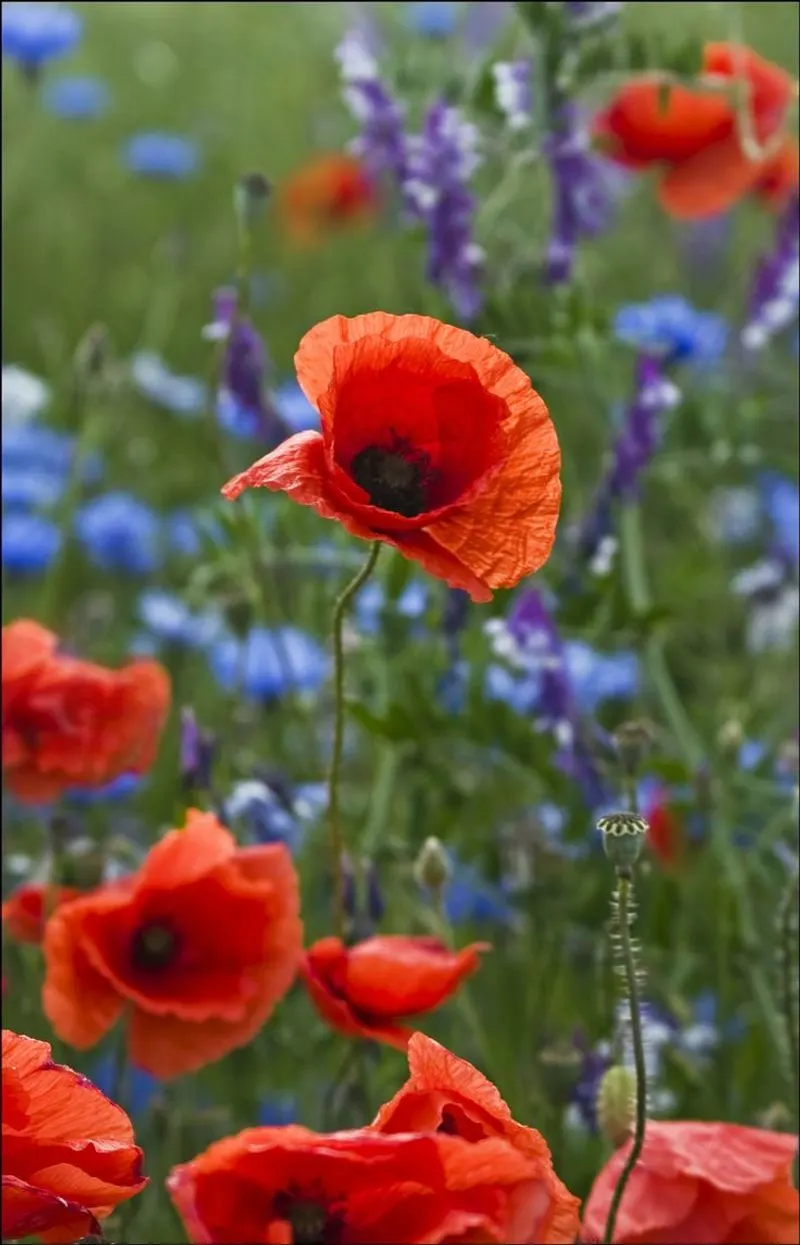
© flickr
Poppies are not only beautiful but also attract beneficial insects like bees. Their delicate red blooms add a touch of elegance to any garden.
These flowers prefer well-drained soil and full sun, thriving in a range of conditions. Poppies are known for their resilience and adaptability.
Incorporating poppies into your garden invites essential pollinators, ensuring a lively and colorful outdoor space.
Delphinium
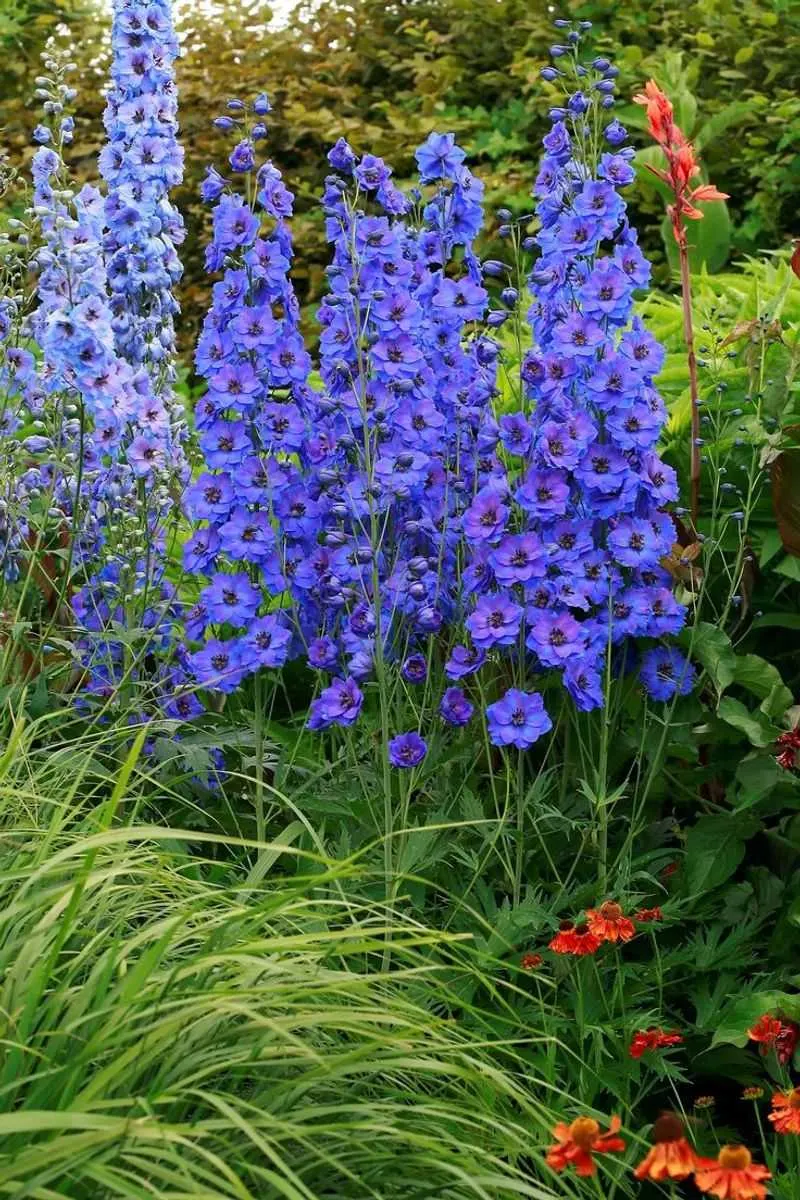
© houseandgarden
Delphiniums are a striking addition to any garden, attracting bees and butterflies with their tall spikes of blue and purple flowers.
These perennials prefer rich, well-drained soil and full sun to partial shade. Delphiniums add vertical interest and elegance to garden borders.
By planting delphiniums, you create a vibrant environment for beneficial insects, supporting pollination and biodiversity.
Foxglove
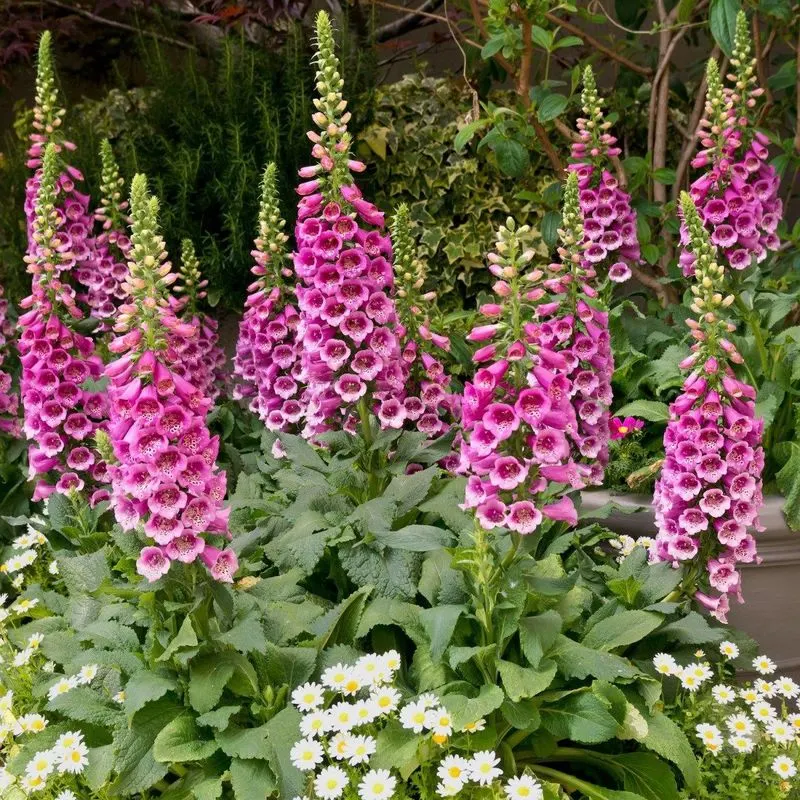
© flowermag
Foxgloves are known for their tall spikes of bell-shaped blooms, attracting bees with ease. These flowers come in shades of pink and purple.
They thrive in well-drained soil and partial shade, making them ideal for woodland gardens. Foxgloves add height and drama to garden designs.
By including foxgloves, you invite beneficial insects and enhance your garden’s structure and visual interest.
Blazing Star
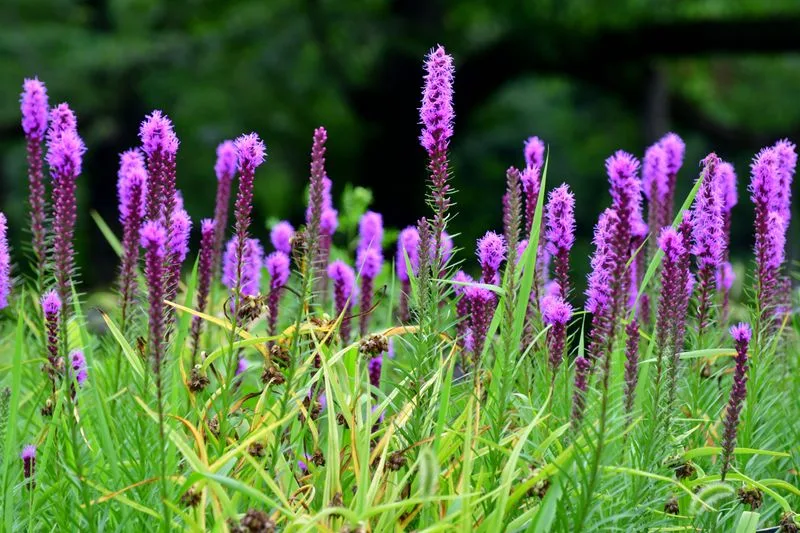
© thespruceofficial
Blazing star, or liatris, attracts a host of pollinators, including bees and butterflies, with its tall spikes of purple flowers.
These perennials thrive in well-drained soil and full sun, making them suitable for a variety of landscapes. Blazing star’s long blooming season provides continuous color.
Incorporating blazing star into your garden supports beneficial insects and adds striking vertical interest to your outdoor space.
Chocolate Cosmos
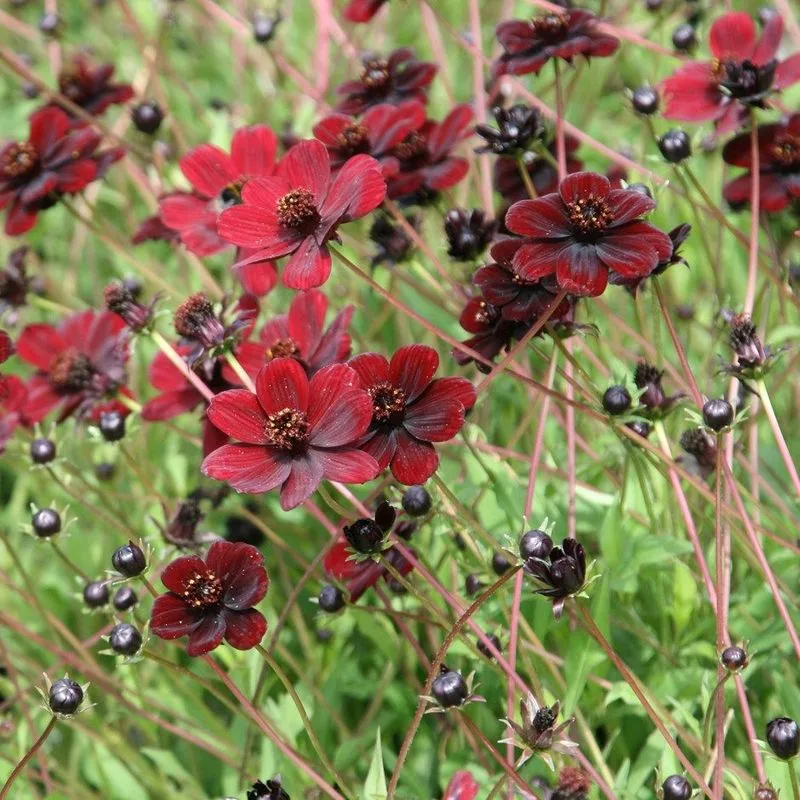
© crocuscouk
Chocolate Cosmos, known for its enticing chocolate scent, is not only delightful to humans but irresistibly attractive to several garden-friendly insects. This rare flower boasts petals of velvety dark brown with hints of red, creating a stunning visual contrast against lush green foliage.
Their sweet aroma beckons bees and butterflies, making them an excellent choice for pollinators. Planting these in sunny spots ensures they thrive and maximize their insect-attracting potential.
Though not as common, Chocolate Cosmos can become a focal point, offering visual and olfactory appeal while naturally nurturing your garden’s ecosystem.

